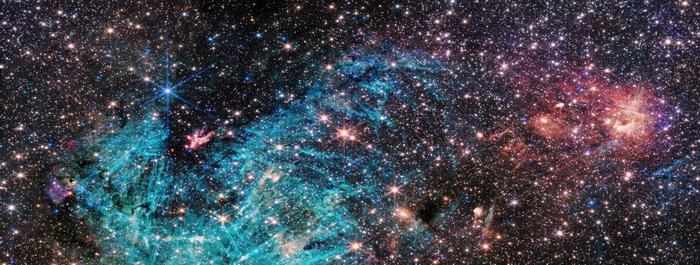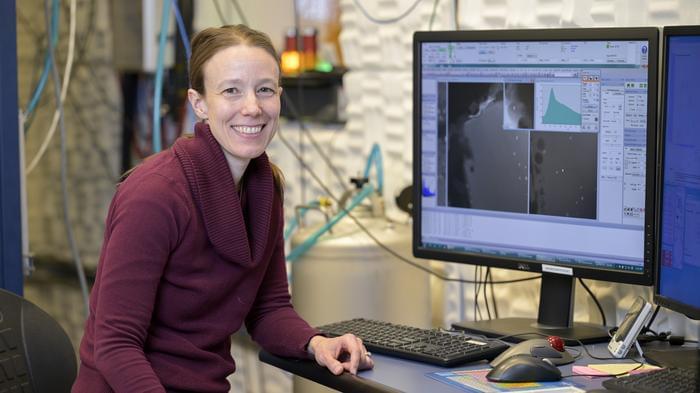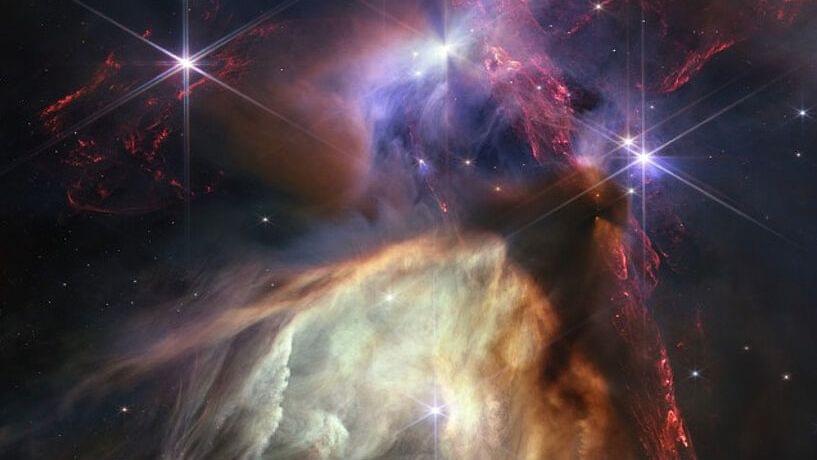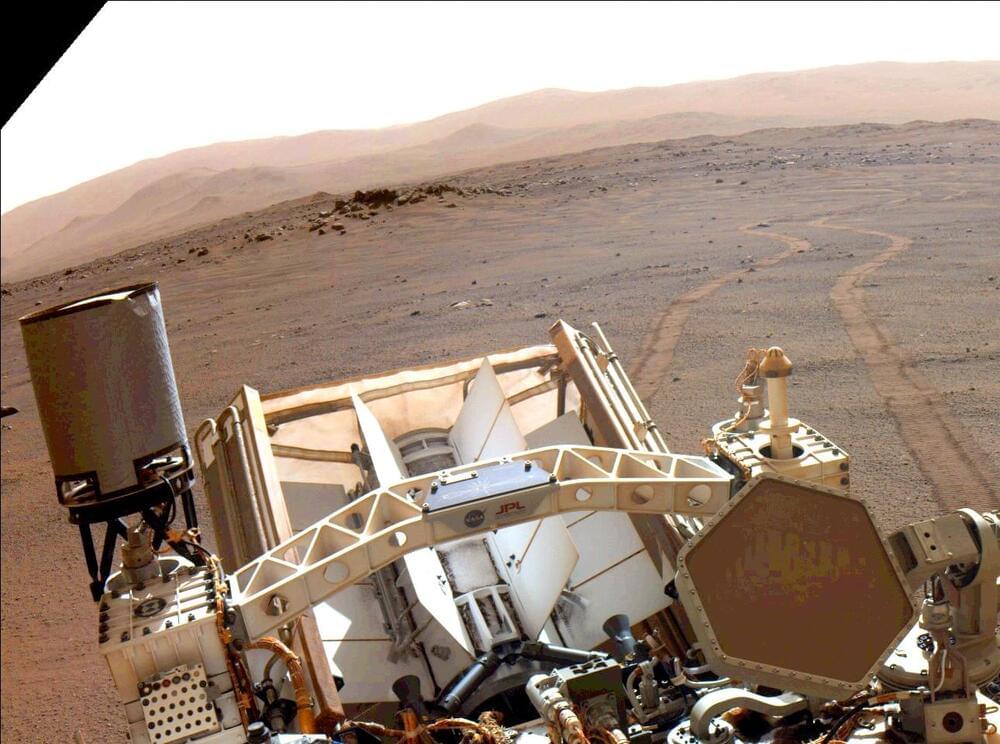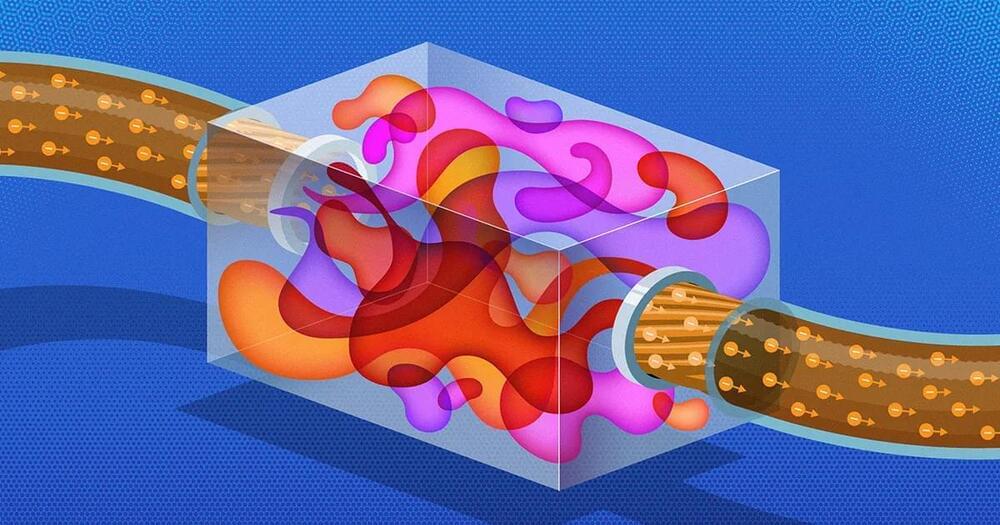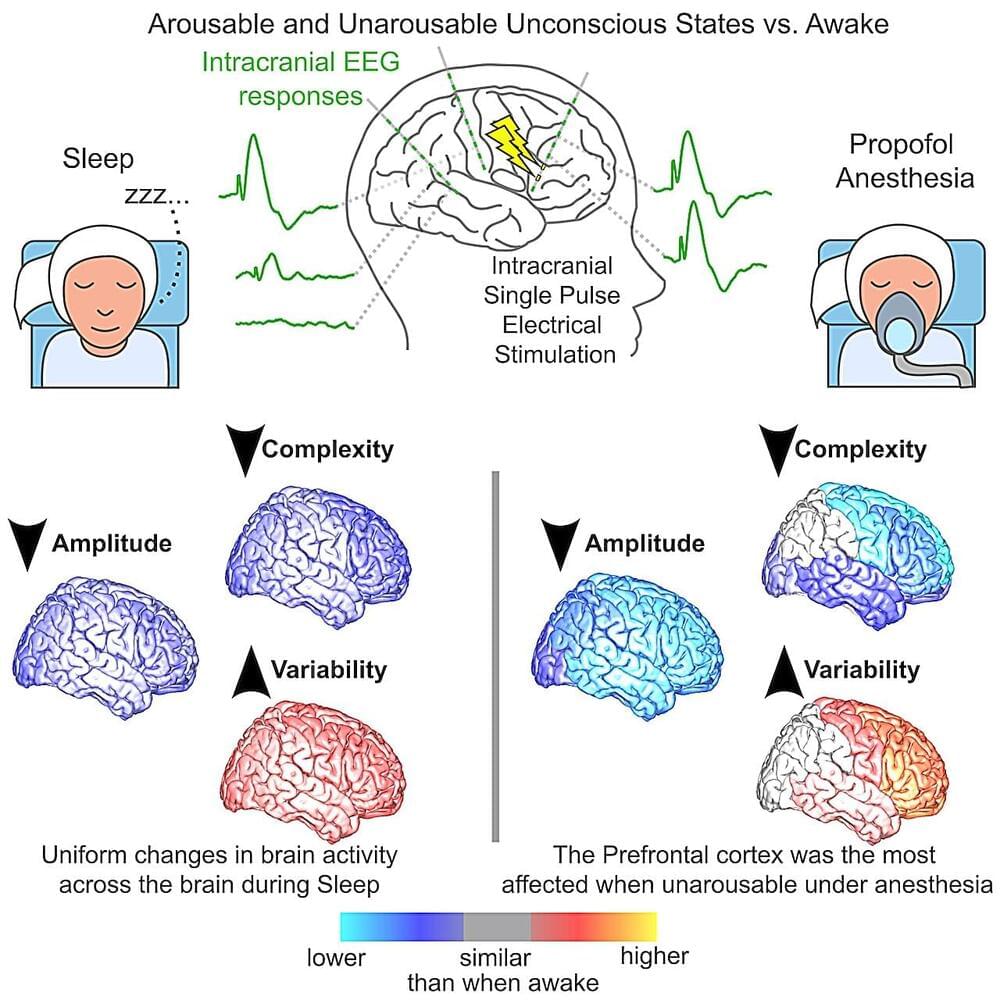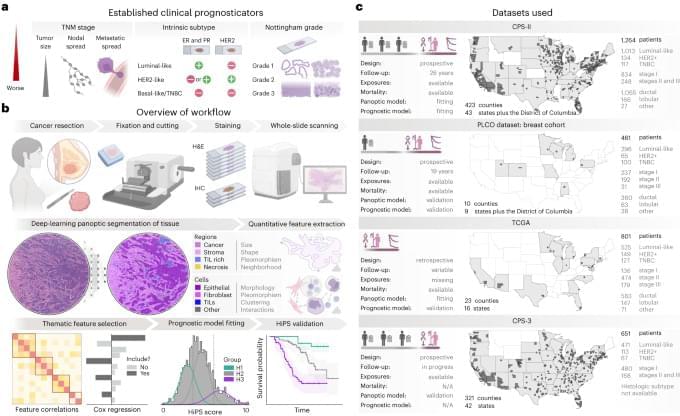Nov 27, 2023
High-tech soccer ball unveiled for Euro 2024 promises more accurate offside decisions
Posted by Kelvin Dafiaghor in category: computing
A high-tech soccer ball that helps with more accurate offside decisions will make its European Championship debut next year in Germany after being used at the 2022 World Cup.
European soocer governing body UEFA and manufacturer Adidas unveiled the ball for Euro 2024 in Berlin on Wednesday. It is named “Fussballliebe,” the German word for “love of soccer,” and will be used at next year’s 51-game tournament from June 14-July 14.
A chip fixed on a gyroscope inside the ball sends data 500 times per second to record the point at which it is kicked. The “kick point” helps match officials make offside decisions using multiple camera angles to create 3D visualizations that illustrate player movement.

